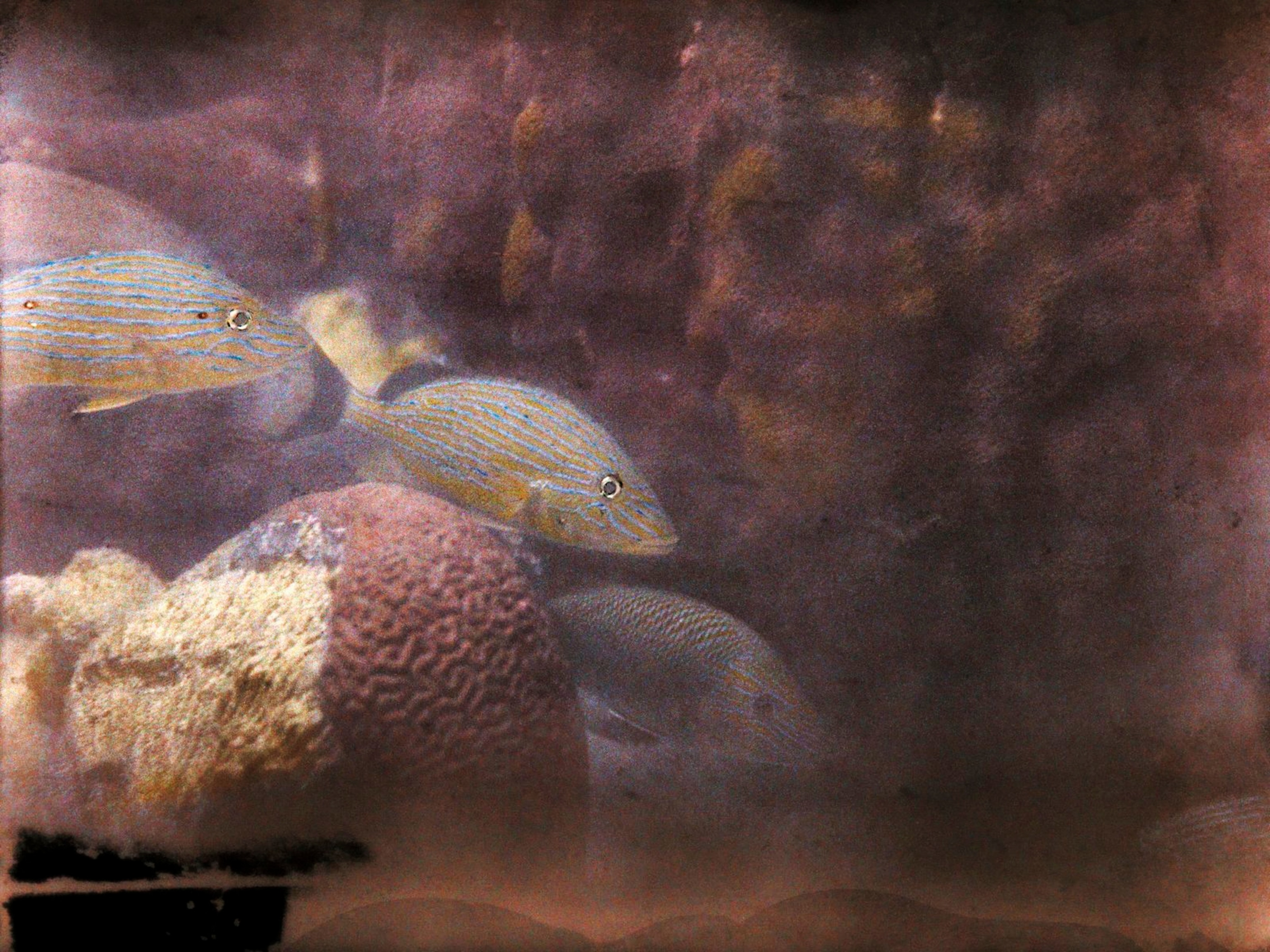
The Bering Sea, Where Humans and Nature Collide
Fishers and crabbers in such a harsh environment occasionally create opportunities for beauty.
The Bering sea, near the chain of the Aleutian Islands, is one of the most intense patches of ocean on Earth. Strong winds, freezing temperatures, and icy water are normal conditions. The combination makes for some of the most ferocious waves on the planet, where the water can rise and fall 30 feet on a normal day.
What drives a person there? The bounty of the waters. The region is one of the most productive fisheries in the world for salmon, char, and crab.
Corey Arnold is a salmon fisherman during the June to July summer season. But during the punishing winter, he’s also a photographer, the rare expert who turns his camera on an industry he knows well. “Very few people are going to stand in that kind of weather and try to get these types of photos,” he says. “You really have an advantage when you shoot in the far reaches of the world.”

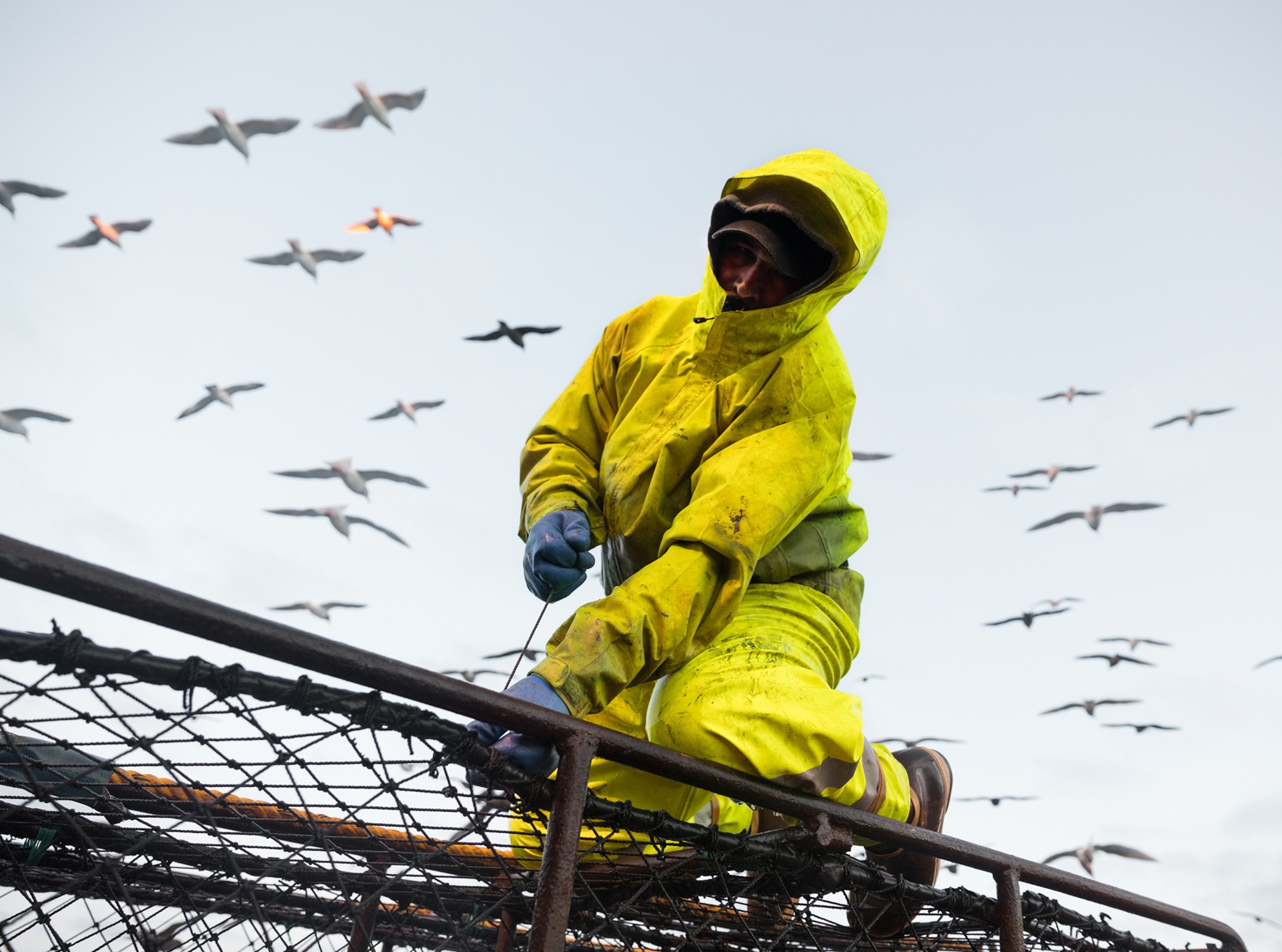
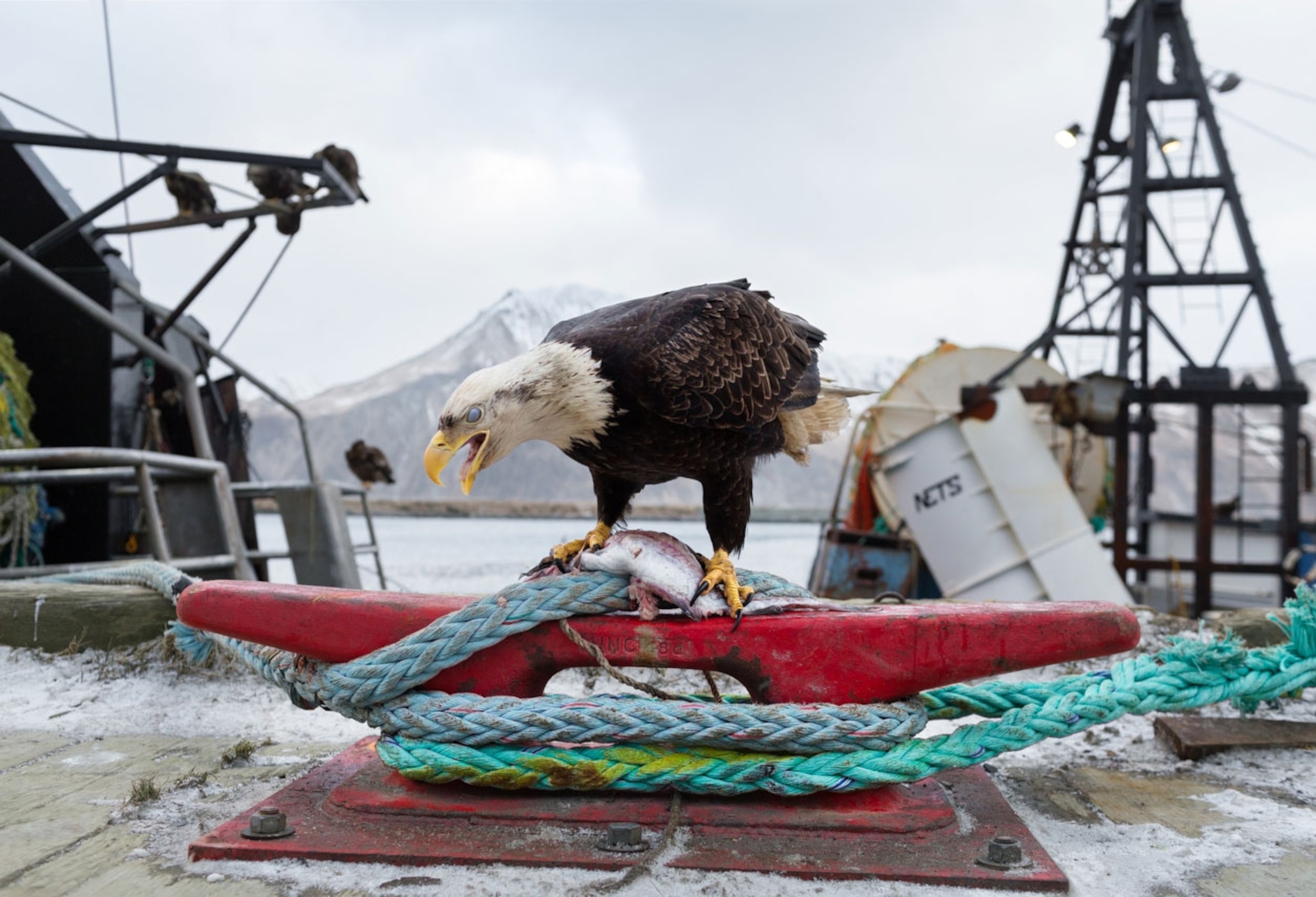
Arnold’s perspective is one of scale. How do you show the immensity of the ocean and, in effect, the smallness of humans? And yet, how can a photographer also demonstrate the way humans have changed such a wild place—a place where foxes beg on the side of the road for food and bald eagles transform from majestic to annoying?

Simply by being there. And being willing to risk the occasional danger. Fishing and crabbing turns out to be a lot like photography. Big opportunities are fleeting, and the best opportunities aren't always in the most comfortable conditions. A tangled net or a blurry lens are the difference between triumph and failure. “There’s a little bit of a gambler’s instinct,” Arnold says.

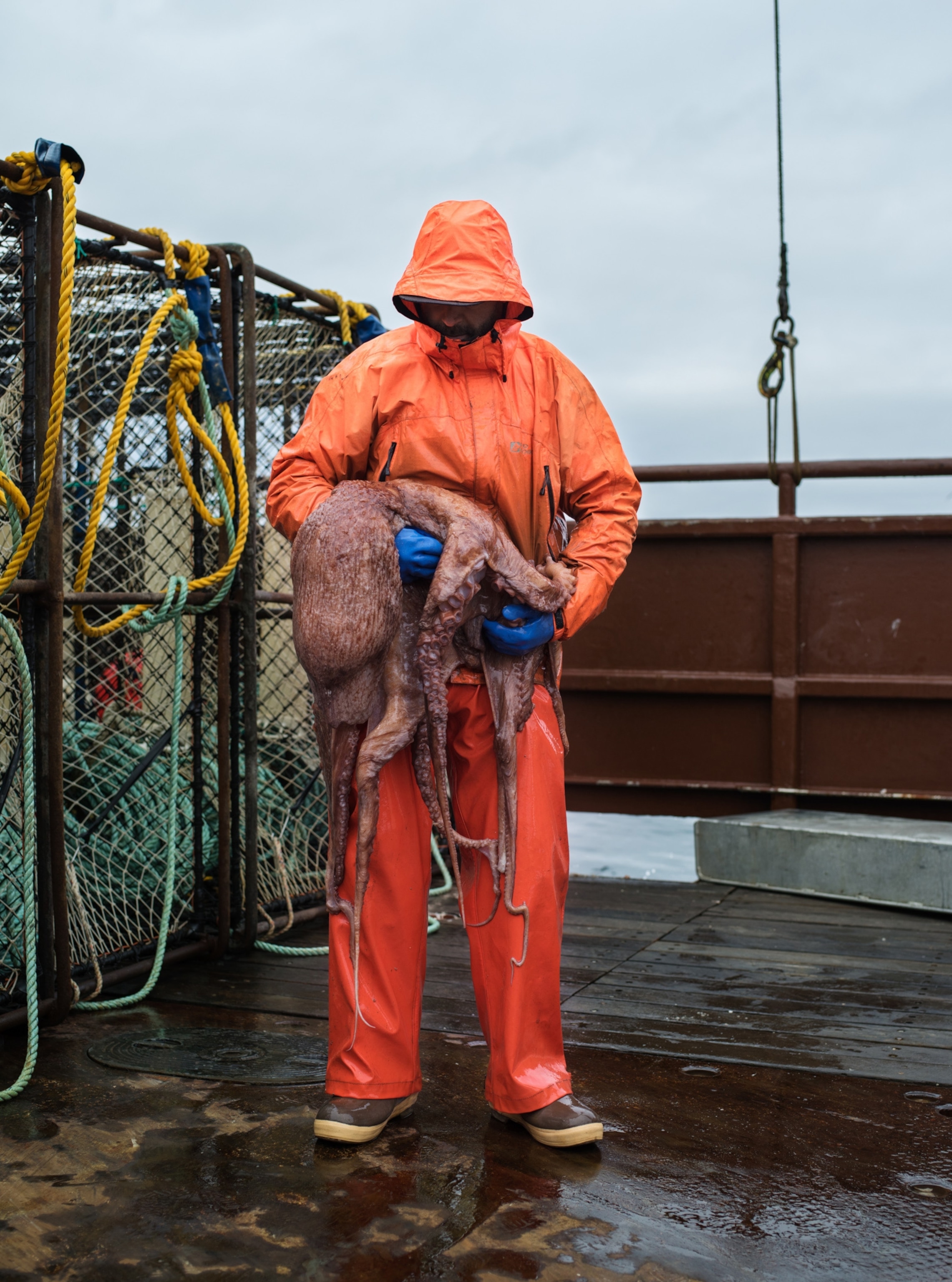
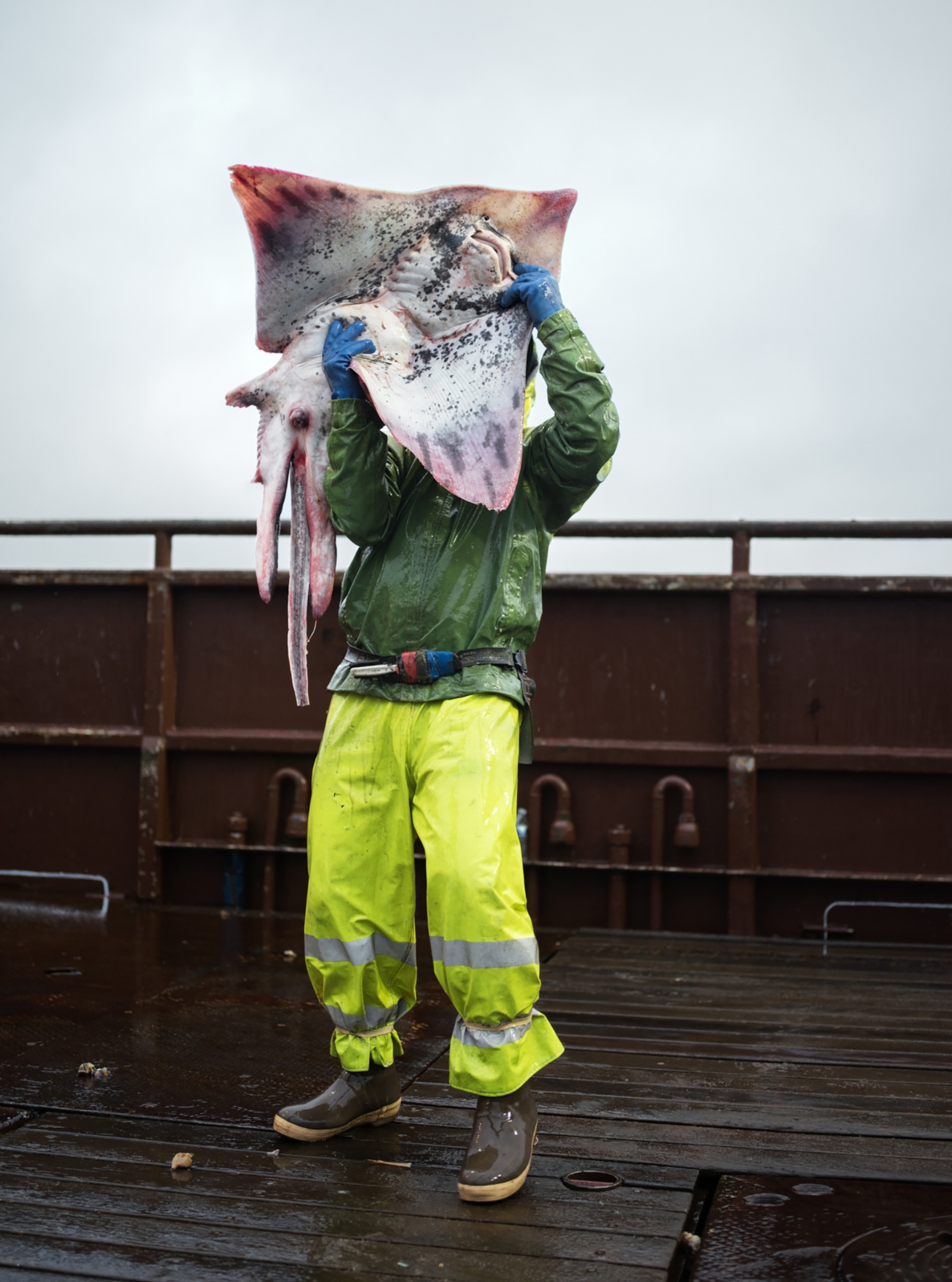

The payoff comes in the form of big moments. The restless ocean throwing a temper tantrum. Bald eagles with fury in their eyes. A shark taking its last breaths.
In this series, taken in the winter when Arnold is not fishing, he finds his way onto the gargantuan trawlers and crabbers surited for rough seas. And his role on those trips is often solely as spectator. The work can be as unforgiving as the water, but Arnold says he thrives on the bad weather, even if it requires extra maintenance. On those days, when the sea crashes relentlessly over the boat, he spends most of his time cleaning off his lens.

For more of Corey Arnold's work, visit his website or follow him on Instagram. "Aleutian Dreams " will be on display at the Richard Heller Gallery in Santa Monica, California from April 1 through May 6, and at Charles A. Hartman Fine Art in Portland, Oregon from April 5 through May 27.



